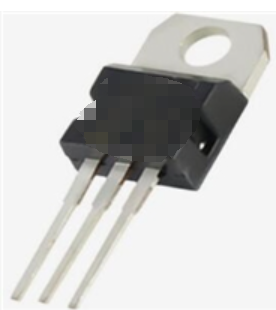Date:2025-06-30 Categories:Product knowledge Hits:365 From:Guangdong Youfeng Microelectronics Co., Ltd
A transistor is a common electronic component whose main function is to amplify or control current. A transistor consists of three regions, namely the emitter region, the base region, and the collector region. Structurally, the central region of a transistor is the base region, with the emitter and collector regions on either side. The parameter indicators of a transistor include gain, maximum dissipated power, maximum voltage, maximum current, etc. The following will provide a detailed introduction to the parameter indicators and structural principles of the transistor.
1、 The structural principle of a transistor
A transistor is a 74HC595D semiconductor device, which means its conductivity is between that of a conductor and an insulator. A transistor consists of two PN junctions, one of which is the emitter junction, the other is the collector junction, and the middle region is the base region. When the transistor is in normal operation, the forward bias voltage between the emitter junction and the base region causes a small number of charge carriers in the base region to be injected into the emitter junction. These charge carriers enter the collector region after passing through the emitter junction, thereby forming a collector current. Therefore, the main function of a transistor is to amplify or control current.
2、 Parameter indicators of transistor
Gain (hFE)
The gain of a transistor (hFE) refers to the ratio of the collector current to the base current, that is, the ratio of the output current to the input current. The higher the gain, the greater the ratio of output current to input current, and the better the amplification effect. The gain of a transistor is generally between tens to thousands, and the gain values of different types of transistor also vary.
Maximum dissipated power (PD)
The maximum dissipated power refers to the maximum power that a transistor can withstand under long-term operation, usually expressed in watts (W). If the maximum dissipated power is exceeded, it may cause the transistor to burn or even be damaged. Therefore, when choosing a transistor, attention should be paid to its maximum dissipated power.
Maximum Voltage (VCEO)
The maximum voltage refers to the maximum voltage that a transistor can withstand during operation, usually expressed in units of volts (V). If the maximum voltage is exceeded, it may cause breakdown or even damage to the transistor. Therefore, when choosing a transistor, attention should be paid to its maximum voltage.
Maximum current (IC)
The maximum current refers to the maximum current that a transistor can withstand during operation, generally expressed in units of amperes (A). If the maximum current is exceeded, it may cause the transistor to overheat or even be damaged. Therefore, when choosing a transistor, attention should be paid to its maximum current.

Previous: Classification, Structure, and Principle of MOSFET
Next: What is a transistor, its parameter specifications and structural principles 2